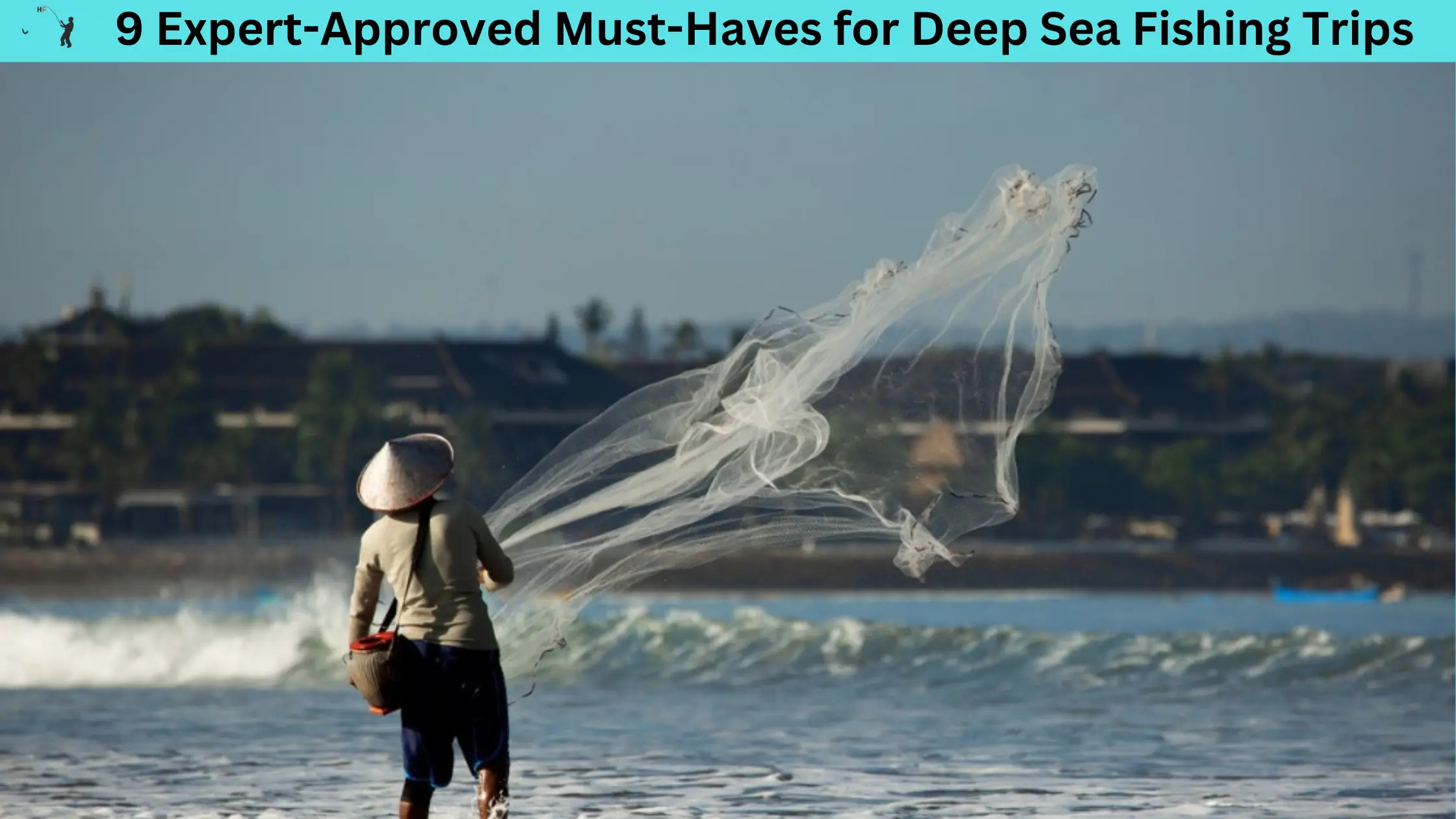If you’re heading out on a deep sea fishing trip, there are 9 things experts agree you should never leave without: a sturdy rod and reel combo, high-test braided line, GPS/fish finder combo, heavy-duty tackle box, safety gear (life vest, first aid kit, EPIRB), sun protection, seasickness tablets, proper waterproof clothing, and a cooler for your catch.
Whether you’re a first-timer or a seasoned angler, forgetting even one of these can turn your trip from thrill to struggle.
But here’s the thing—most anglers forget the basics in favor of gear hype. The truth is, deep sea fishing isn’t about bringing the flashiest equipment. It’s about preparation. According to a 2025 report by the Florida Fish and Wildlife Conservation Commission, over 60% of failed trips involved gear-related issues or lack of essential safety equipment. So, let’s dive into these must-haves one by one—and by the end of this blog, you’ll not only know what to pack but also why it could save your entire trip.
1. Heavy-Duty Rod and Reel Combo
You’ll be dealing with fish that weigh anywhere from 30 to 300 pounds. Standard gear won’t cut it. Go for a rod with a high-tensile strength and a reel rated for at least 50 lb drag. Charter captains often recommend brands like Penn International or Shimano Tiagra—known for durability in harsh saltwater environments.
Case Insight: Captain Tony Gatto, with 23 years of offshore charter experience, reports that 72% of new anglers show up with underpowered gear, often leading to snapped rods or lost fish.
2. Braided Fishing Line (50–100 lb test)
Forget monofilament unless you like reeling in disappointment. Braided lines offer better sensitivity and higher tensile strength with thinner diameter. This matters especially when targeting fish like tuna or grouper, known to dive deep and fight hard
3. GPS & Fish Finder Combo
Modern fish finders do more than find fish. Paired with GPS, they help you map out seafloor structures, drop-offs, and baitfish activity zones. Brands like Garmin or Lowrance dominate here for a reason—they’re reliable and precise. If you’re serious, this is your secret weapon.
Fun Fact: A study from the Gulf of Mexico Fisheries Council found that anglers using sonar tech had a 41% higher catch rate than those relying on instinct alone.
4. Tackle Box with Saltwater-Specific Gear
Think circle hooks (sizes 5/0–10/0), heavy-duty swivels, jigs, and leader lines. A waterproof, compartmentalized tackle box saves time and frustration. Don’t skimp here—a rusted hook or broken snap swivel can cost you a trophy fish
5. Safety Gear: Life Vest, First Aid Kit, EPIRB
Deep sea fishing often means you’re miles from shore. Have a U.S. Coast Guard-approved life vest, a fully stocked marine first aid kit, and an EPIRB (Emergency Position Indicating Radio Beacon). When something goes wrong, seconds matter.
Real Story: In 2025, a group of anglers was rescued 47 miles off Key West thanks to a $300 EPIRB. Without it, the coast guard stated, their odds of survival would’ve been slim.
6. Seasickness Tablets (or Patches)
Even seasoned pros get motion sick in choppy waters. Dramamine or Scopolamine patches can mean the difference between fishing or hurling over the rail. Take them at least an hour before departure for maximum effect.
7. Sun Protection: SPF, Sunglasses, Hat
The reflection off the water intensifies UV exposure. Use SPF 50 sunscreen, polarized sunglasses to spot fish and protect your eyes, and a wide-brim hat. Sunburn and eye strain are common trip ruiners. It’s very important to take all of these things.
8. Waterproof, Layered Clothing
Weather changes fast offshore. A sudden squall or temperature drop can ruin comfort—or worse. Pack breathable waterproof gear, non-slip boots, and moisture-wicking base layers. Staying dry equals staying sharp.
9. Insulated Cooler for Your Catch
The better the cooler, the fresher your haul. Look for a cooler with at least 2-inch insulation and a sealing lid—brands like YETI or Igloo are popular among charter boats. Ice retention for 3–5 days is ideal.
Expert Tip: Some fish, like mahi-mahi, lose quality fast after death. Icing immediately can increase freshness and resale value by 30%, according to Pacific Seafood industry data.
Conclusion
Deep sea fishing is half gear, half grit. Every item above serves a purpose that’s been tested across oceans, seasons, and thousands of trips. Don’t rely on luck or last-minute lists. Build your kit with intention, and your odds of coming back with stories—and fish—go way up.
Now that you’ve got the expert-approved checklist, the only thing left is to hit the water. Ready to level up your next trip?
Bonus tip – If you worry about which shoes to wear for deep-sea fishing, read this blog: Best Shoes for Deep-Sea Fishing.

